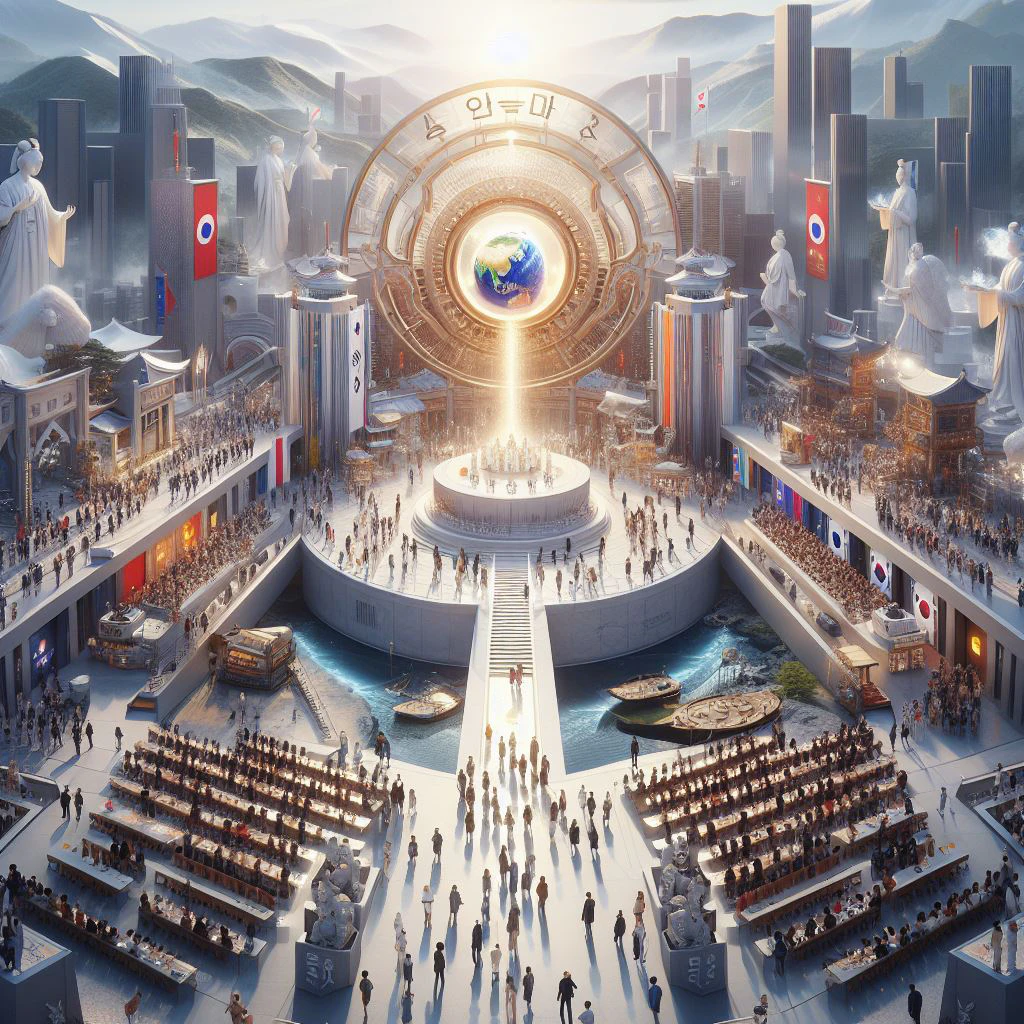A groundbreaking achievement in computer graphics has emerged from the collaborative efforts of researchers, including Georgia Tech’s Assistant Professor Bo Zhu. By harnessing the capabilities of artificial intelligence (AI) alongside traditional simulation techniques, they have unlocked the ability to render natural phenomena with unprecedented realism.
The breakthrough in neural flow maps
In a landmark paper awarded at the esteemed SIGGRAPH Asia conference, Zhu and his team unveiled their innovation: “neural flow maps.” These maps integrate AI with conventional mathematical models to simulate complex natural phenomena such as tornadoes, underwater vortices, and liquid foams. This approach marks a significant departure from traditional methods, which often struggle to capture the intricacies of nature’s dynamics.
Enhancing simulation accuracy and efficiency
Conventionally, simulating natural phenomena in computer graphics relies on intricate mathematical equations. However, these methods frequently fall short of faithfully representing the complexity of real-world dynamics. Zhu’s team addressed this challenge by fusing AI with traditional techniques, resulting in a novel framework that enhances both accuracy and efficiency.
Neural flow maps store and manage data regarding spatial and temporal changes more effectively than previous methods. By combining machine learning models with mathematical equations, the researchers achieved unparalleled precision in their simulations, rendering scenes of swirling tornadoes and bubbling foams with unprecedented realism.
The future of simulation in blurring virtual and real
Zhu envisions the future of simulation not as a departure from traditional methods, but as an integration with AI to enhance their capabilities. This co-design approach leverages the precision of numerical methods and the vast computational power of modern AI, unlocking simulations that were once beyond reach. The implications extend far beyond entertainment, offering new avenues for research and application in computer graphics and computational science.
The impact of neural flow maps transcends the realm of movies and video games. It signals a new era where the fusion of physics and AI can deepen our understanding of the natural world and its digital replication. Zhu’s work exemplifies the power of interdisciplinary collaboration, showcasing how advancements in one field can inspire and elevate another.
As the boundaries between the virtual and the real continue to blur, the success of neural flow maps foreshadows further breakthroughs in computer graphics and computational science. Researchers and enthusiasts alike anticipate an exciting frontier in digital simulation, propelled by innovations that push the limits of what is possible.
The integration of AI with traditional simulation techniques represents a paradigm shift in computer graphics. Zhu and his team’s development of neural flow maps has paved the way for rendering natural phenomena with unprecedented realism and accuracy. As we look to the future, the fusion of physics and AI promises to unlock new insights into the complexities of the natural world and its digital representation. The journey towards more immersive and lifelike simulations continues, driven by the relentless pursuit of innovation and collaboration at the intersection of science and technology.





